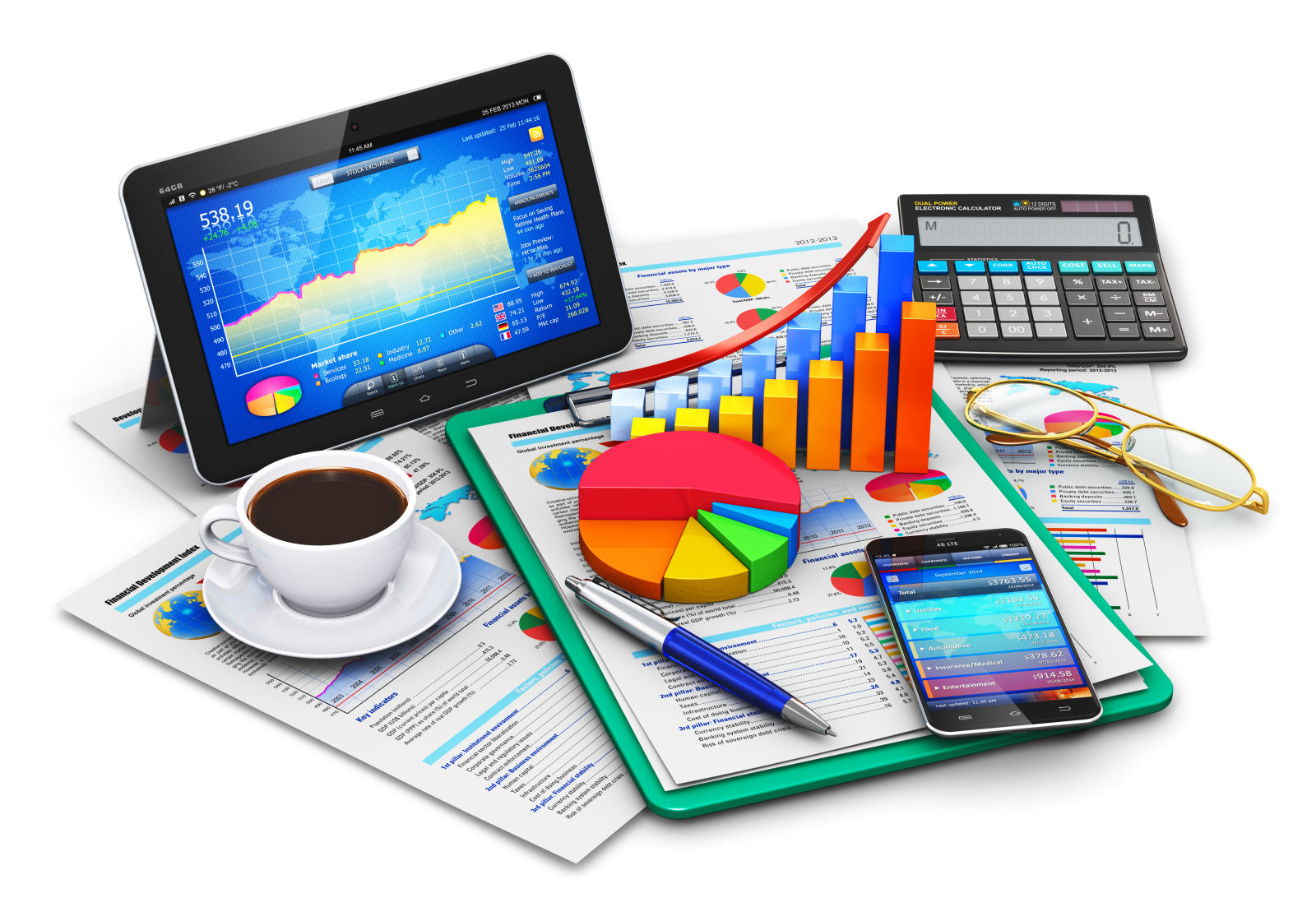 Dividend Growth Investing Exposed – A Portfolio Simulation Experiment
Dividend Growth Investing Exposed – A Portfolio Simulation Experiment
Back in late 2011 and early part of 2012, I became somewhat obsessed with a few different observations and concepts and this was right about the time everything investing I had been reading and studying started to really make sense for me. At the time, I had been investing my personal money since 1996, experienced the easy money of the late 90’s, lost my butt (almost my condo) in the 2000 dot-com bust, suffered another crash in 2008, and at the end of the day I realized I had been spinning my wheels for years and I knew that something wasn’t right with my investing efforts. The concepts I am referring to are as follows and are in no particular order:
- There was a select ‘elite’ group of only about 100 US businesses that had been paying and increasing their dividends to shareholders every single year for over 25 years called the “Dividend Champions” by an analyst named Dave Fish over on seeking alpha.
- The average 10 year dividend growth rate for many of these companies was well over 10% annually, well over the rate of inflation, and well over my annual pay raises I was receiving by my company.
- Owning shares in these businesses entitled me to the profits generated by these businesses via dividend payments. (dividends are a portion of profits given back to shareholders)
- The more shares I accumulated in these businesses, the more profits I would receive.
- One day I could use these dividends to pay for gas, food, my mortgage, vacations, weddings, cars, charities, you name it without having to sell a single asset.
The list of US companies that have continuously increased their dividend payments to shareholders for over 25 years can be found at http://www.dripinvesting.org/ website. It may be helpful to download the Dividend Champions spreadsheet and toggle back and forth between the sheet and my post as I trace through my observations. The names of businesses will be very familiar to you. The first one I’d like to use as an example is Aflac Inc., ticker symbol AFL. I’m not going to step through every column because it’s fairly self-explanatory, but the key points I’d like to draw your attention to are the number of years AFL has increased their dividend to shareholders, 33. If you tab over to columns AL through AO, you can observe the Dividend Growth Rate (DGR) for 1-yr (6.8%), 3-yr (5.6%), 5-yr (6.7%), and 10-yr(13.6%).
Other names include:
Chevron; 28 years; 1-yr (1.7%), 3-yr (6.8%), 5-yr (8.5%), and 10-yr(9.4%)
Clorox; 39 years; 1-yr (4.1%), 3-yr (6.8%), 5-yr (7.5%), and 10-yr(10.4%)
Coca-Cola; 54 years; 1-yr (8.2%), 3-yr (9.0%), 5-yr (8.4%), and 10-yr(9.0%)
Colgate-Palmolive; 53 years; 1-yr (5.6%), 3-yr (7.1%), 5-yr (8.1%), and 10-yr(10.5%)
Johnson and Johnson; 54 years; 1-yr (6.9%), 3-yr (7.1%), 5-yr (6.9%), and 10-yr(8.8%)
Lowes; 54 years; 1-yr (24.4%), 3-yr (19.3%), 5-yr (20.6%), and 10-yr(26.1%)
McDonald’s; 40 years; 1-yr (4.9%), 3-yr (6.2%), 5-yr (8.8%), and 10-yr(17.8%)
PepsiCo; 44 years; 1-yr (9.1%), 3-yr (9.5%), 5-yr (8.2%), and 10-yr(10.9%)
Sherwin-Williams; 38 years; 1-yr (21.8%), 3-yr (19.8%), 5-yr (13.2%), and 10-yr(12.6%)
Target; 48 years; 1-yr (13.7%), 3-yr (17.8%), 5-yr (20.8%), and 10-yr(19.6%)
I could point to Walgreens, Wal-Mart, Stanley Black & Decker, Proctor & Gamble, McCormick, Exxon, Brown-Forman (AKA Jack Daniels), Altria, 3M Company, etc.
Hopefully, you’re starting to get the idea. These are some phenomenal growth rates year after year. In some cases throughout the Vietnam War, Oil Embargo, Grenada, Invasion of Panama, Gulf War, Al-Qaeda, Iraq War, 911, ISIS, natural disasters like Hurricane Andrew, Katrina, etc. Profits still gush through these companies registers day after day and get sent to shareholders typically on a quarterly basis.
But these numbers often go unnoticed by the untrained eye.
They’re not really tangible to the unaware.
Folks are only focused on the value of their holdings rather than the profits received by their holdings.
So I set out to simulate how a theoretical dividend growth portfolio would perform and what I built has absolutely convinced me that this method is the surest way to ever-increasing wealth. Quick warning, this spreadsheet is very busy and I’ll try to walk you through it the best I can without making you fall asleep. But I really want you to pay attention because this really is some life changing stuff I’m about to share. Also, keep in mind, this is a model that is attempting to simulate annual contributions into dividend paying stocks, quarterly dividend reinvestment, annual dividend increases, and annual fluctuations in stock market performance to capture the ups and downs. Because it is a spreadsheet, there are definitely some flaws in the design such as I can not simulate the daily price changes and various timing of contributions. In reality, contributions can occur at any time the market is open and this forecast does not claim to be perfect. But I think it is good enough to demonstrate enough observable information to draw some great life changing conclusions. It certainly was enough for me, and I hope you will find value in it.
I went back and googled the S&P performance for the last 15 years, going all the way back to 2000. If you look at the 7th column labeled “Average Annual Price Growth”, I entered the annual percent change of the S&P as recorded each year for the prior 15 years. As you can see, it was really nasty back in 2000, 2001, and 2002.
So let me explain what you’re looking at.
This model represents a collection of stocks purchased during a year that has an average starting dividend yield of 3.5%. Over the last 5 years, I’ve been able to do this consistently. Many DG investors self impose an entry criteria of 3 or 4% yield, so I’m in the middle. There wasn’t any rhyme or reason, why I chose 3.5%…it’s just my starting point. Year 1 shows $5000 invested in the year 2000 at an average price of $50 per share, resulting in the total starting shares set at 100 shares. If I change the entry price to $100, then the shares would change to 50. The point is, it doesn’t really matter what starting price I select, because we’re focused on the entry dividend yield and the spreadsheet will adjust accordingly. You can see that 3.5% div yield on $50 is $1.75 for the year, so dividing this number by 4 represents the quarterly dividend.
Stepping you through the process beginning with the 100 shares, the next iteration resembles the first dividend purchasing .88 shares at $50 price point, then .88 shares are added for the second dividend payout to the 100.88 shares making the position 101.76 shares at $50 price point, then .89 shares on the 101.76 shares ending with 102.65, etc. You should be able to notice the flaw in my spreadsheet model. These dividends are being reinvested at the same $50 price point, and we know that this really doesn’t happen in the real world. But again, this should be good enough to paint the dividend growth picture and draw some “ah-ha-moment” conclusions. At the end of year one, the $5,000 investment earns $181.21 in dividends due to the quarterly dividend reinvestment compounding effect. Had the dividends not been reinvested, the dividend is $175. The math checks.

The second year, this investor plans to invest $1,200 per month the entire year. In fact, he plans to do this for the next 15 years. If you follow the rows, the market ends the year down 9% in 2000, so you can see the $50 price point is down to $45.50 in 2001 so the $14,400 is able to buy more shares, plus the dividend grew 10%. If you scroll all the way over to the right, I listed 13 companies mentioned above that over the last 10 years, have averaged a dividend growth rate of 13.93% together, so the 10% I’m using is not outside the realm of possibility (and again, this is an academic study such that we can draw some conclusions). Note, because I’m using percentages, it really doesn’t matter what price I’m using if I made it $500 per share, the shares would adjust accordingly. At the end of year two, the portfolio earns $826.86 in dividends.

Year 3, you can see the market ended the year down another 12% so the 2002 price point is now $40.05 and the annual $14,400 contribution buys even more shares, and those shares are paying a higher dividend. End of year three, the portfolio earns $1,735.19.

I hope by now you don’t need me to continue to step through this and you can see after 15 years of committing $1,200 per month to dividend growth investing, these dividends can realistically grow to over a whopping $85,000!!! That is some real cash and could easily cover my annual expenses plus a generous accelerating cushion for free spending. It didn’t matter that the market was up some years, and down others, as long as you limit your investing dollars to quality companies that can continue to pay increasing dividends, the portfolio will grow nicely.

As you can see the average annual price growth over the 20 year period was only 5.88%. But the real dollars received compounded at 41.47%!!!! Cumulatively, the portfolio generated over $1M in dividends.
Now isn’t that interesting. The fact is, once the portfolio is throwing off $25K and is being reinvested to buy more shares in addition to the $14,400 being contributed, the compounding becomes explosive. In math terms, exponential. This has everything to do with staying committed to accumulating shares in up and down markets, the dividend reinvestment to boost your shares, AND the growth of the dividend.
Lastly, this model helped me to realize, that with dividends being reinvested, my portfolio can far exceed the standard market performance metrics often published by Morningstar or other media outlets of market performance. I love how the latest commentary centers on how historical rates of returns were always in the 10% range, but now investors should only expect 5 or 6% like there’s no hope anymore. Based on the model above, it shows 5.88% can turn into a $2M portfolio and paying out over six-figure income (as long as the companies I’m invested in are strong enough to continue to pay out increasing dividends). I don’t know about you, but think I would be very happy with an outcome like this. If you’re interested in seeing how a real $1 million dollar portfolio behaves in the market for the next 10 years, please follow my updates to my parents portfolio dividend income page.
Your comments are very welcomed. What do you think of my dividend growth portfolio simulation? Do you think for the most part, it’s accurate enough to model the performance of a dividend growth portfolio?
*Source for S&P returns: http://www.moneychimp.com/features/market_cagr.htm
If you’d like a copy of my spreadsheet for your personal use, use this link and navigate to “File” –> “Download as”.
 July’s dividends received from my ownership shares in my taxable and retirement accounts have been recorded, and I’m sharing another monthly update for tracking the progress of my dividend income. My taxable accounts include Merrill Edge, fractional shares that remain in Computershare, and a couple of stocks I own in Loyal3. Cumulatively, there were 9 companies in which I own a small percentage stake in that sent me my portion of profits distributed as dividends for $39.90. Please don’t laugh, lol! The shares I’ve gifted this year has really set me back a couple of steps, but I intend to keep plowing ahead, paycheck by paycheck, month after month to continue to acquire ownership shares in the best businesses on the planet.
July’s dividends received from my ownership shares in my taxable and retirement accounts have been recorded, and I’m sharing another monthly update for tracking the progress of my dividend income. My taxable accounts include Merrill Edge, fractional shares that remain in Computershare, and a couple of stocks I own in Loyal3. Cumulatively, there were 9 companies in which I own a small percentage stake in that sent me my portion of profits distributed as dividends for $39.90. Please don’t laugh, lol! The shares I’ve gifted this year has really set me back a couple of steps, but I intend to keep plowing ahead, paycheck by paycheck, month after month to continue to acquire ownership shares in the best businesses on the planet. 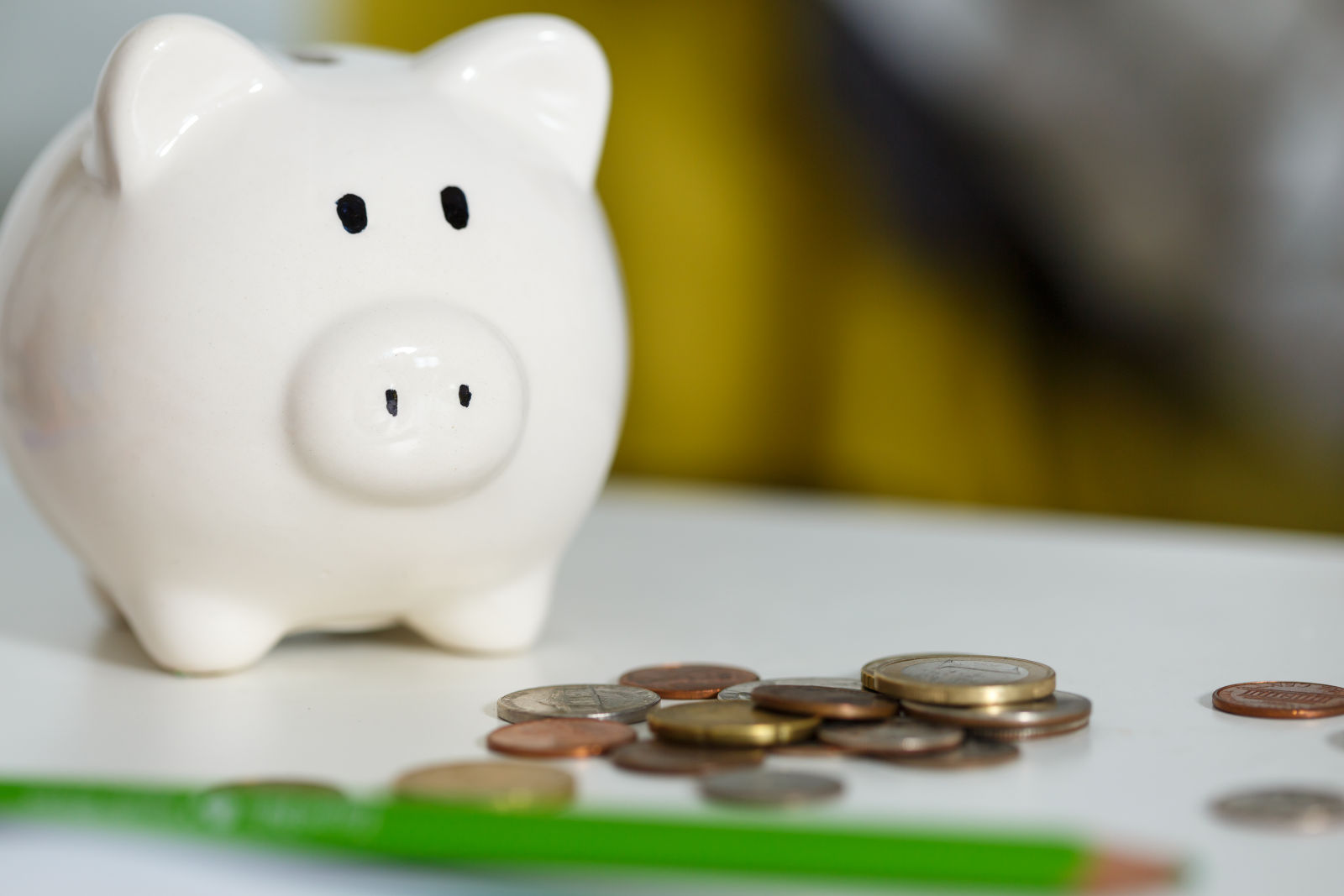
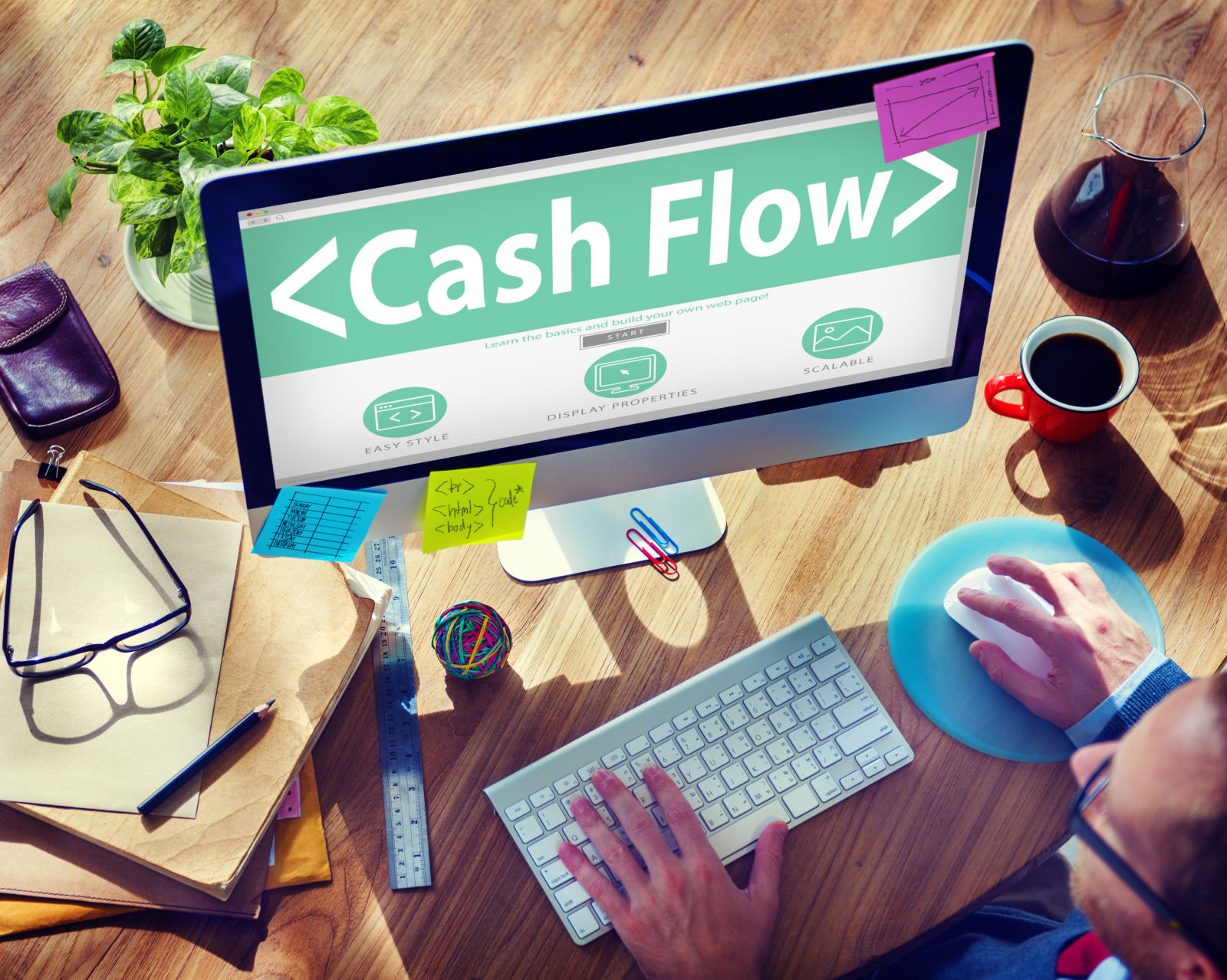

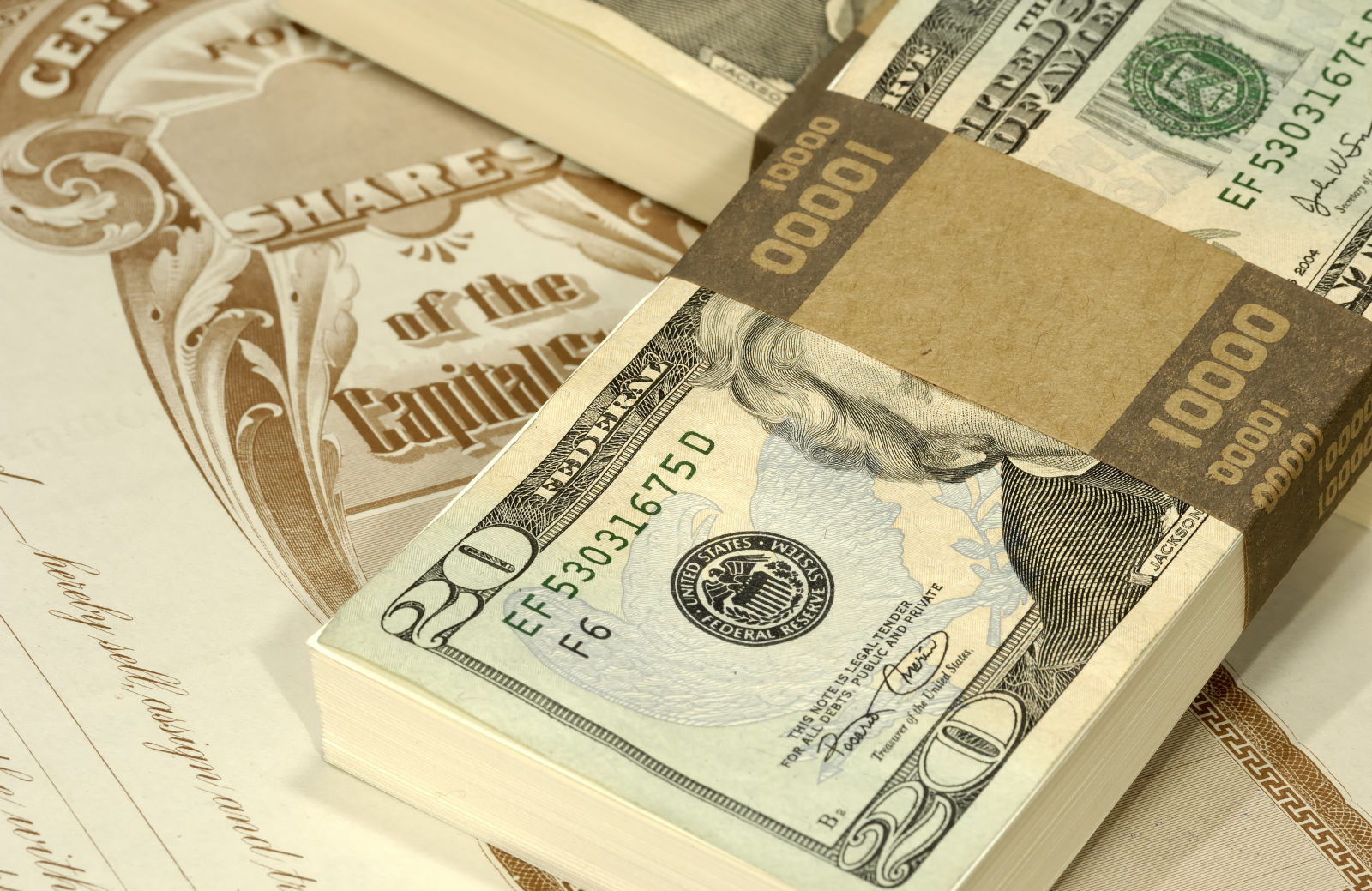

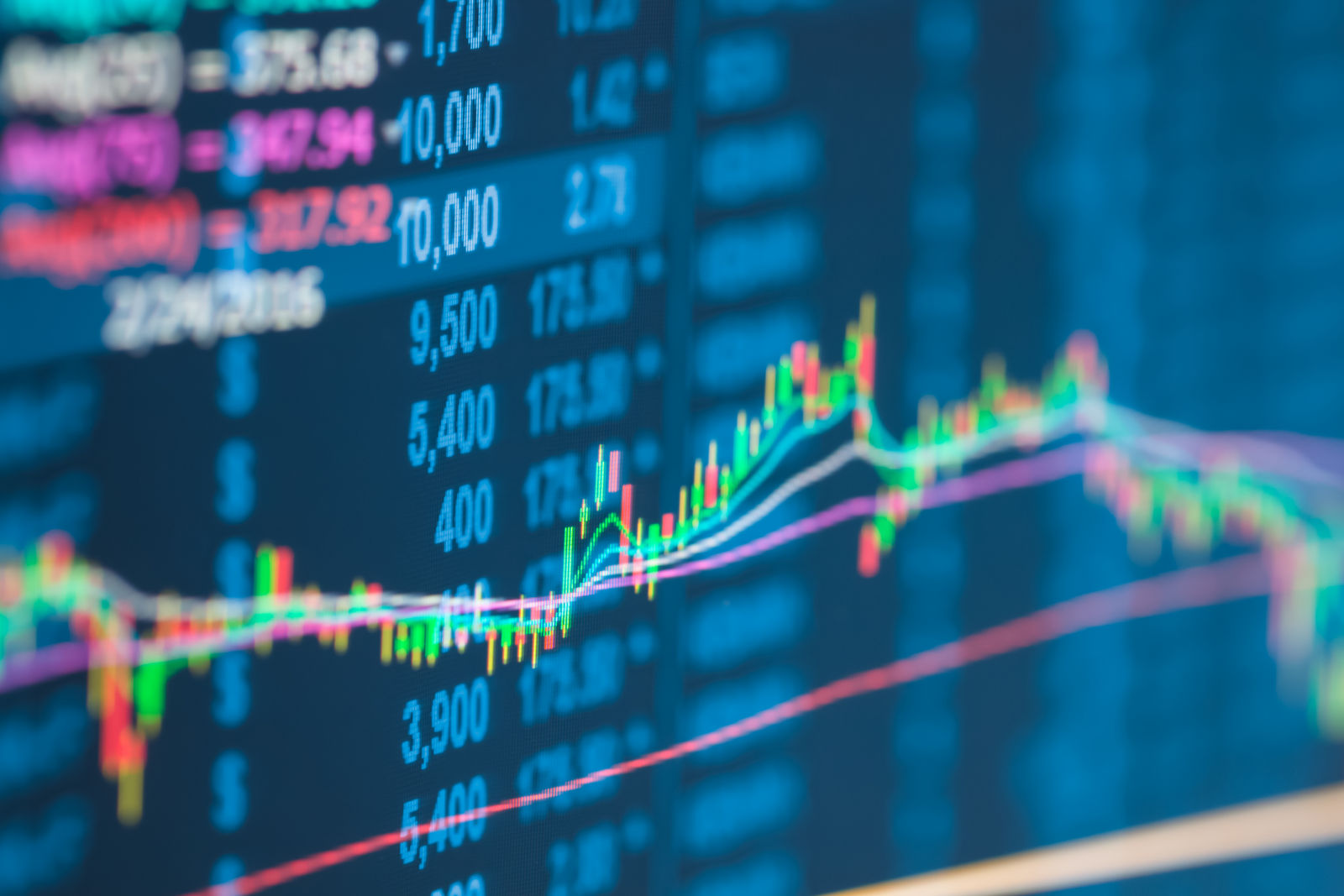





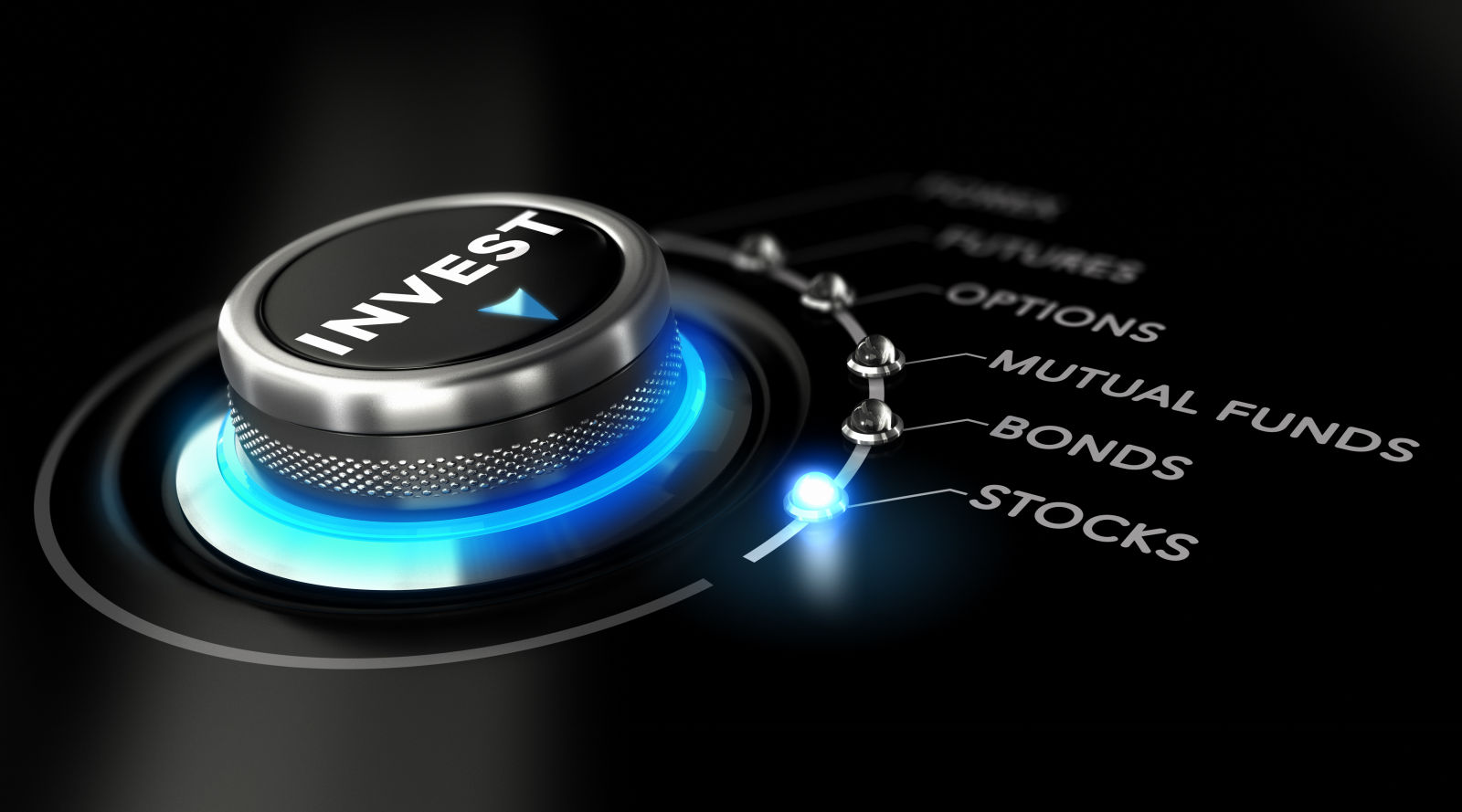



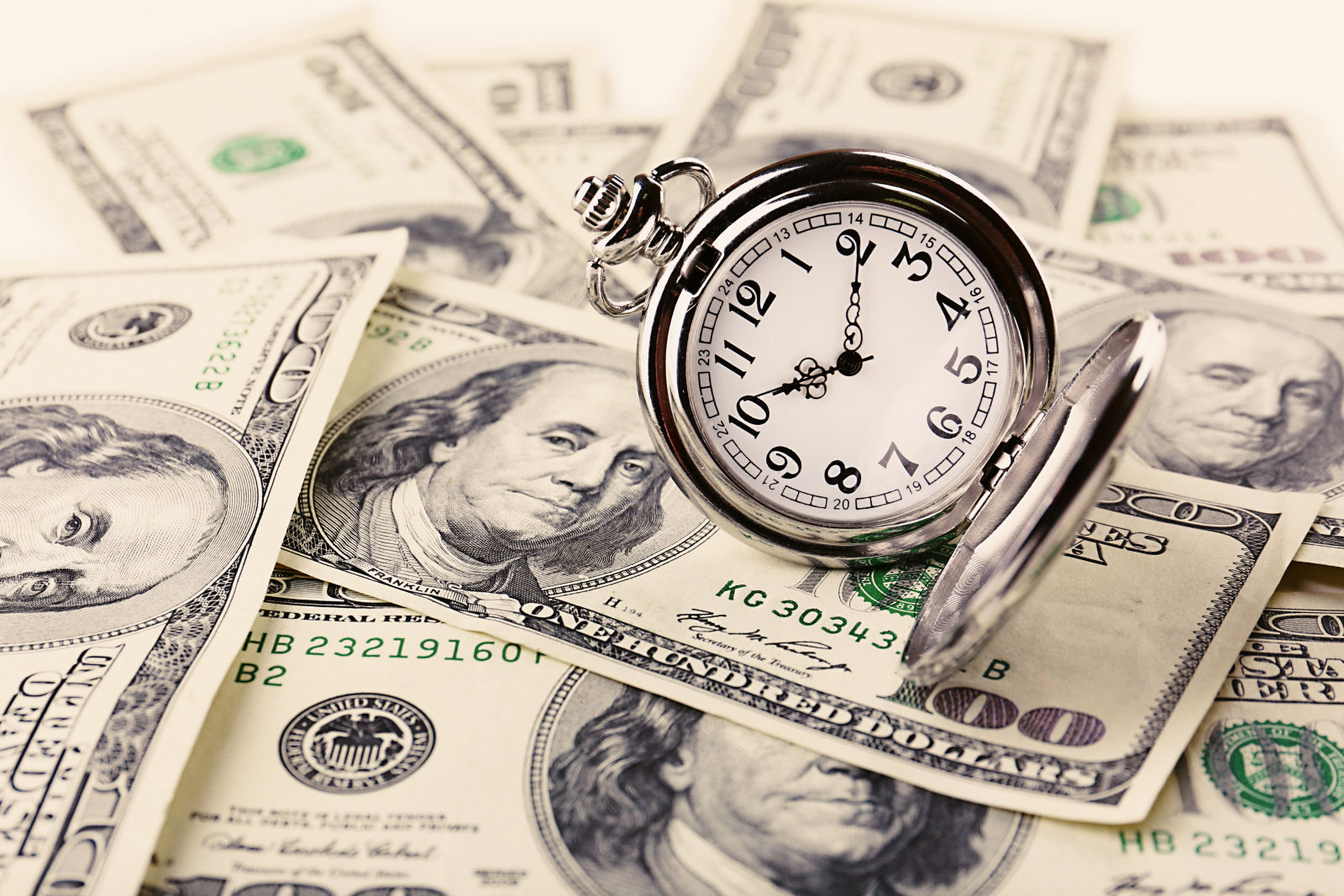
 Hello Again! This post marks my first post of my parents monthly dividends received at InvestorPeek. My parents have graciously agreed to let me share the progress of their portfolio alongside mine as a real life academic case study for the investment community to benefit from. My intentions are to educate folks on the power of Charlie Mungers “sit on your ass” investing technique, once you’ve accumulated a nice nest egg that’s filled with literally some of the best assets in the world. Gut check time will occur during the next bear market sell off if market values decline 10 – 40%, and I’m patiently optimistic my parents will agree to sit still and let compounding work its magic. Jeremy Siegel from his book
Hello Again! This post marks my first post of my parents monthly dividends received at InvestorPeek. My parents have graciously agreed to let me share the progress of their portfolio alongside mine as a real life academic case study for the investment community to benefit from. My intentions are to educate folks on the power of Charlie Mungers “sit on your ass” investing technique, once you’ve accumulated a nice nest egg that’s filled with literally some of the best assets in the world. Gut check time will occur during the next bear market sell off if market values decline 10 – 40%, and I’m patiently optimistic my parents will agree to sit still and let compounding work its magic. Jeremy Siegel from his book 



